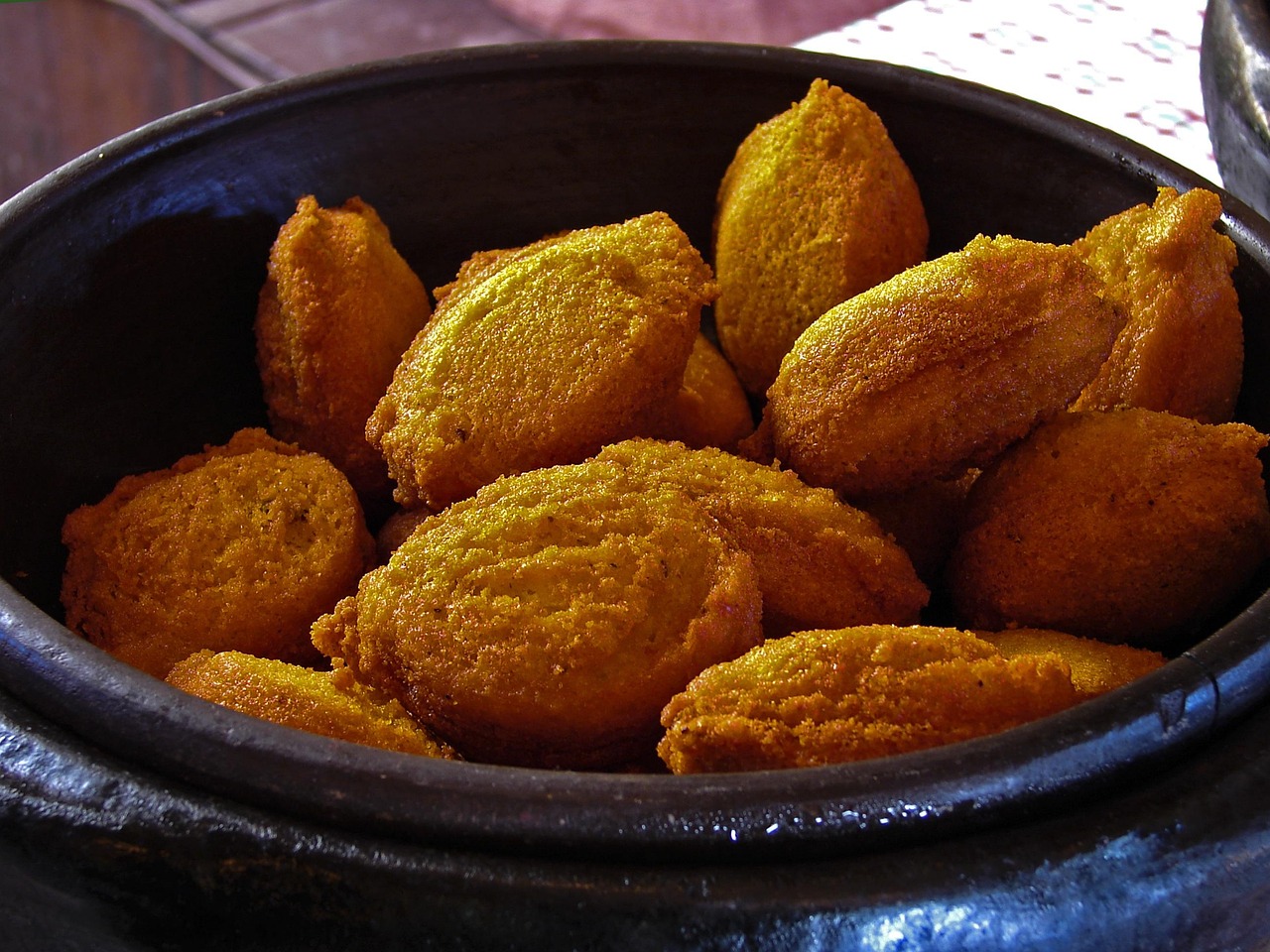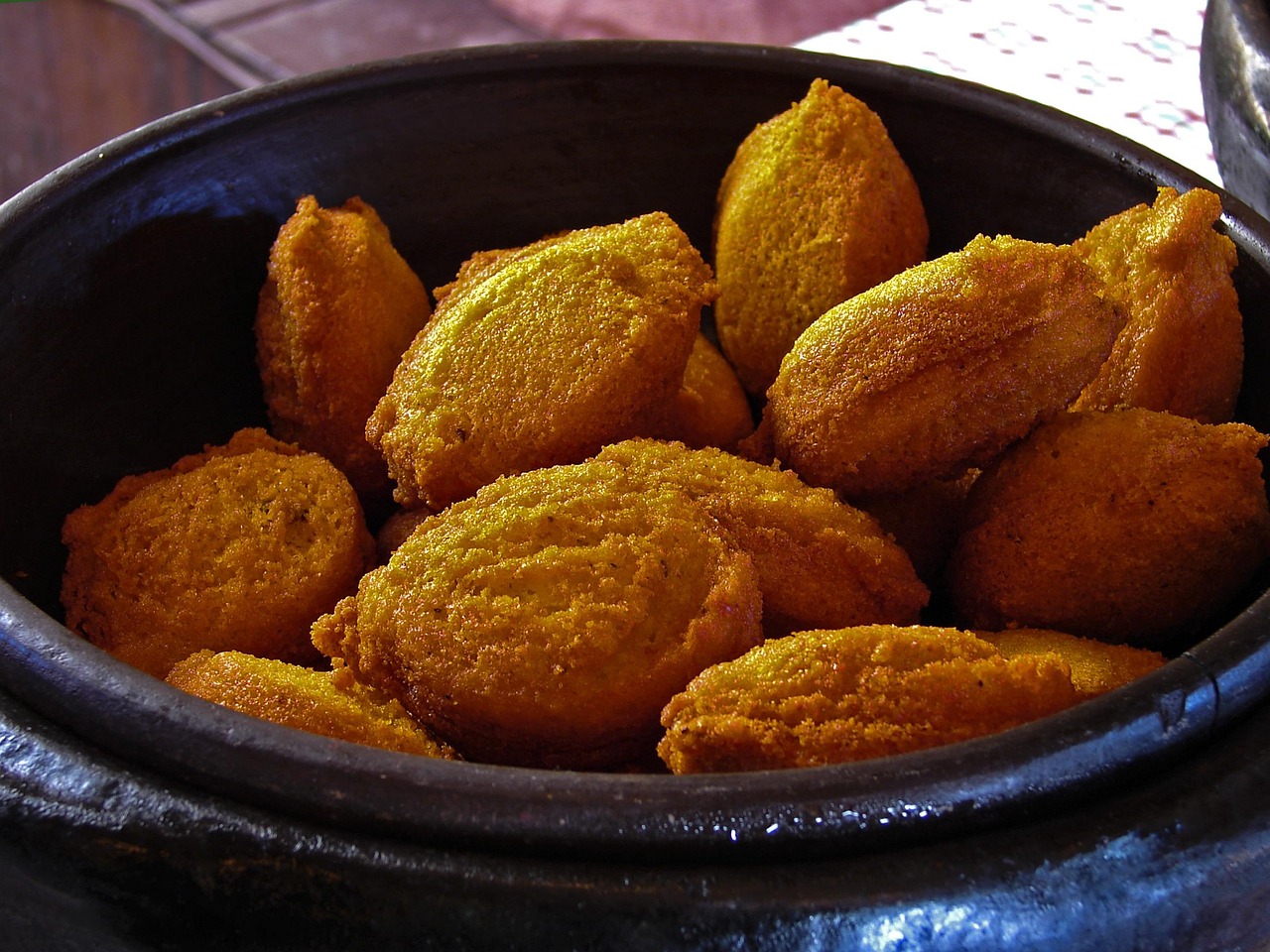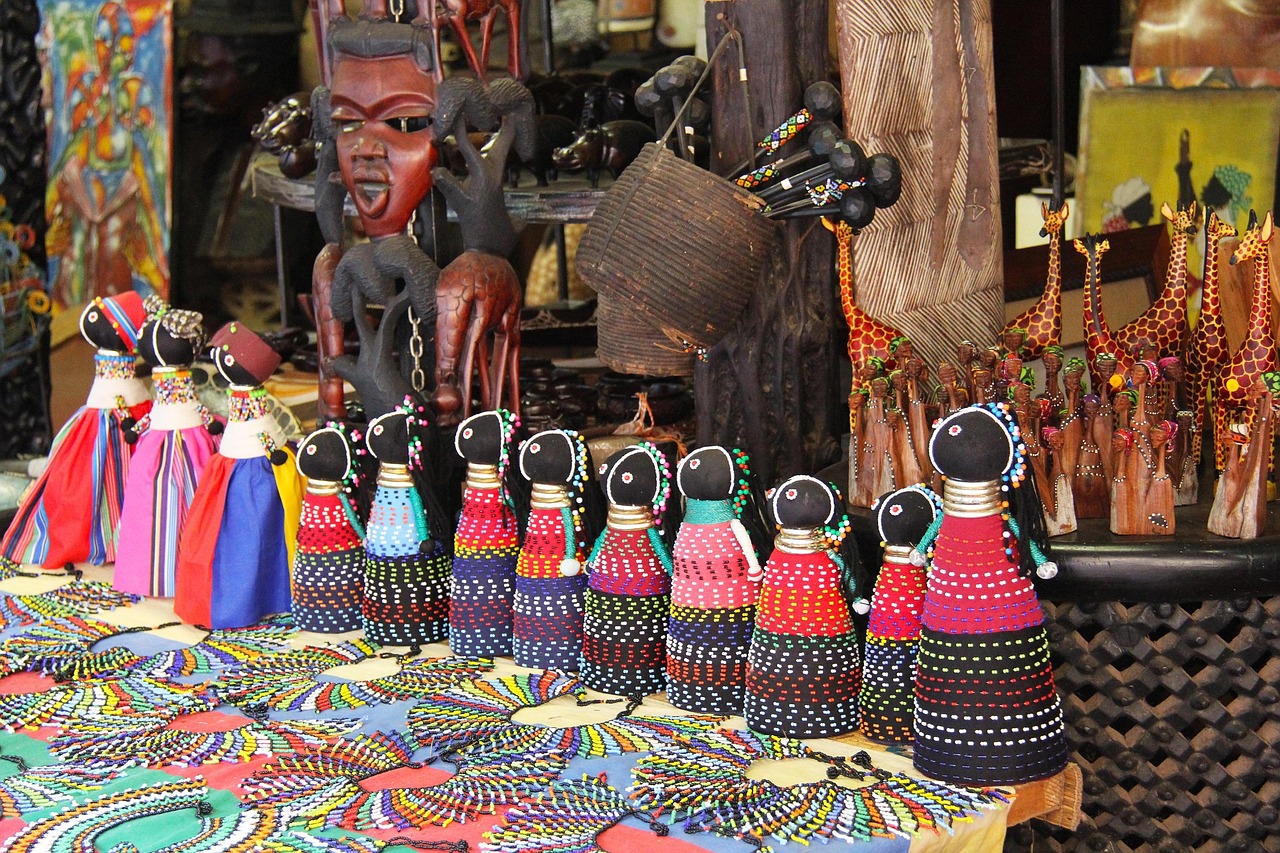Exploring the Rich Tapestry of Russian Gastronomy:A Culinary Journey Through Time and Tradition
Introduction
Russia, the largest country in the world, boasts a diverse and rich culinary heritage that reflects its vast geography, multi-ethnic population, and historical influences. From the hearty and comforting dishes of the cold Siberian winters to the sophisticated flavors of the Russian aristocracy, Russian cuisine is a melting pot of flavors, techniques, and ingredients that have been honed over centuries. In this article, we will embark on a culinary journey through the heart of Russia, uncovering the secrets of its gastronomic culture and the stories behind its most iconic dishes.
The Roots of Russian Cuisine
Russian cuisine has its roots in the traditional Slavic fare, which was heavily influenced by the harsh climate and the need for sustenance that could be preserved for long periods. The cuisine is characterized by its use of locally sourced ingredients, such as potatoes, cabbage, beets, and various grains, which are staples in many Russian dishes. The influence of neighboring countries and cultures, such as the Tatars and the Mongols, is also evident in the use of meat, particularly beef and lamb, as well as in the preparation of certain dishes like pelmeni (Russian dumplings).
Bread and Salt: A Symbol of Hospitality
No discussion of Russian cuisine would be complete without mentioning the importance of bread and salt. In Russia, bread and salt are symbols of hospitality and are often presented to guests as a sign of welcome. The tradition dates back to the times when these items were scarce and offering them to a guest was a gesture of great generosity. Today, this custom is still observed, and it is considered impolite to refuse the bread and salt when offered.

Traditional Dishes and Their Significance
-
Borscht: The quintessential Russian soup, borscht is made from beetroot, which gives it its characteristic deep red color. It is typically served with a dollop of sour cream and can be either vegetarian or meat-based, depending on the region and personal preference. Borscht is not just a dish; it is a symbol of Russian cuisine and a source of national pride.
-
Pelmeni: These are Russian dumplings filled with a mixture of ground meat, usually beef or pork, and sometimes onions or garlic. They are typically served with sour cream or butter and are a popular dish throughout Russia, especially in the colder months.
-
Stroganoff: Named after the Stroganoff family, this dish is made from sautéed pieces of beef served in a sauce with sour cream. It is often served with boiled potatoes or rice and is a classic example of Russian comfort food.
-
Pirozhki: These are small, baked pastries filled with a variety of ingredients, including meat, potatoes, cabbage, or even fruits. They are a versatile and popular street food in Russia.
-
Blini: Thin pancakes made from yeasted batter, blini can be sweet or savory and are often served with a variety of toppings, including caviar, sour cream, or jam. They are a traditional dish for Maslenitsa, a Russian festival marking the end of winter.
-
Shashlik: A form of kebab, shashlik is made from marinated and skewered pieces of meat, usually beef or lamb, that are grilled over an open flame. It is a popular dish for outdoor gatherings and celebrations.
The Influence of Foreign Cuisines
Over the centuries, Russia has been influenced by various foreign cuisines, particularly those of Europe and the Middle East. This is evident in the presence of dishes like Olivier salad, a Russian adaptation of a French potato salad, and the use of spices and flavors from the East. The Russian love for caviar, a delicacy that has been enjoyed by the elite for centuries, is another example of the country's culinary diversity.
Contemporary Russian Cuisine
In recent years, there has been a resurgence of interest in traditional Russian cuisine, with many chefs and restaurants focusing on reviving and reinventing classic dishes. At the same time, modern Russian cuisine has also embraced international flavors, creating a unique fusion of old and new. This has led to a vibrant culinary scene in cities like Moscow and St. Petersburg, where one can find everything from traditional Russian bistros to high-end establishments offering a fusion of Russian and international cuisine.
Conclusion
Russian cuisine is a tapestry woven from the threads of history, culture, and geography. It is a cuisine of contrasts, where the hearty and filling dishes of the countryside stand alongside the refined and sophisticated offerings of the urban elite. As we explore the flavors of Russia, we gain not only a deeper understanding of its food but also a glimpse into the soul of a nation that has been shaped by its land and its people. Whether you are a food enthusiast looking to expand your palate or a traveler eager to immerse yourself in the local culture, Russian cuisine offers a rich and rewarding experience that is truly worth savoring.











